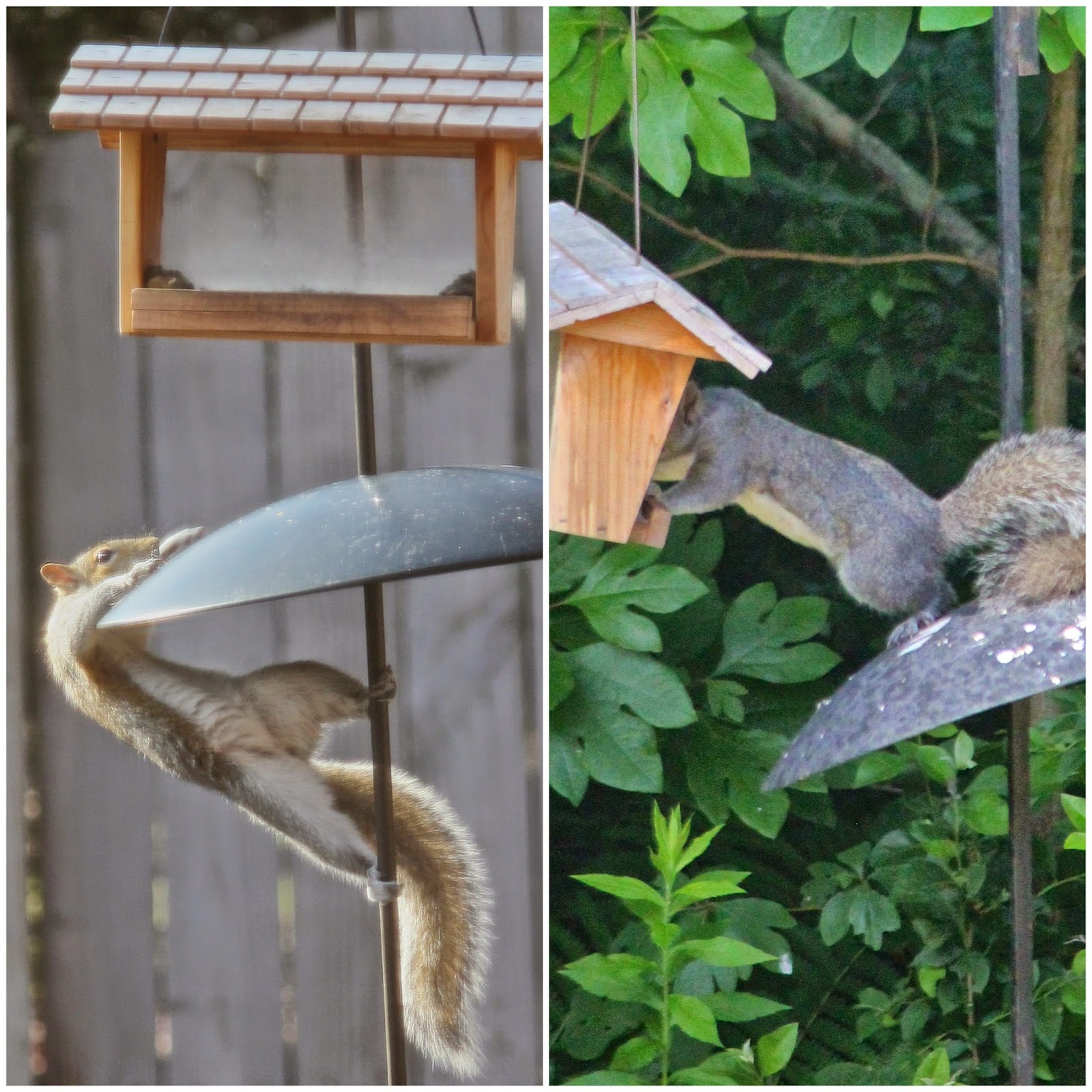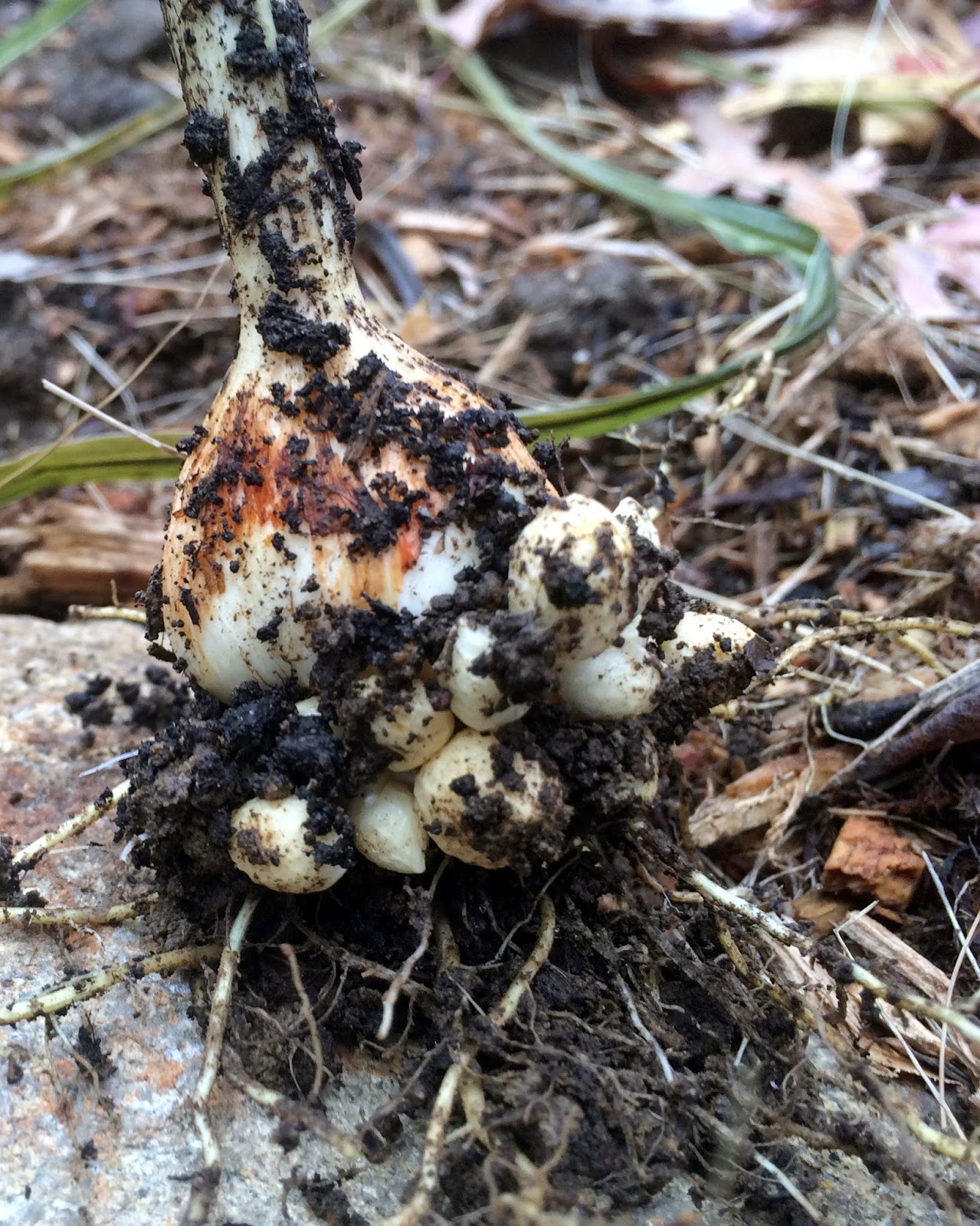Looking back over the last year, I am impressed at how much we've done and how much the garden has changed. This was our first full year at our new house, and we've worked to make it ours and make it a home.
In the front I planted a mailbox garden,
sowed lots of flower seeds,
 |
| Nicotiana |
and enjoyed seeing seeing the growth of some of the plants we had put in last year.
 |
| Hibiscus 'Cranberry Crush' |
The biggest changes, however, have been made to our back yard. It was completely empty until...
we built a veggie garden,
we built a low retaining wall next to the house, making our future shade garden,
and, in what is probably the most exciting thing to happen to the Red House Garden ever, we got a greenhouse.
Whew! I'm tired just thinking about all we've done this year and am almost glad for a winter break (though I know by the end of February I'm sure I'll be thinking an entirely different thing). How about you guys? Has your garden changed a lot this past year?
I wish you all a happy and healthy New Year, wherever you may be!
May love and laughter light your days,
and warm your heart and home.
May good and faithful friends be yours,
wherever you may roam.
May peace and plenty bless your world
with joy that long endures.
May all life's passing seasons
bring the best to you and yours!
~old Irish blessing










.jpg)





